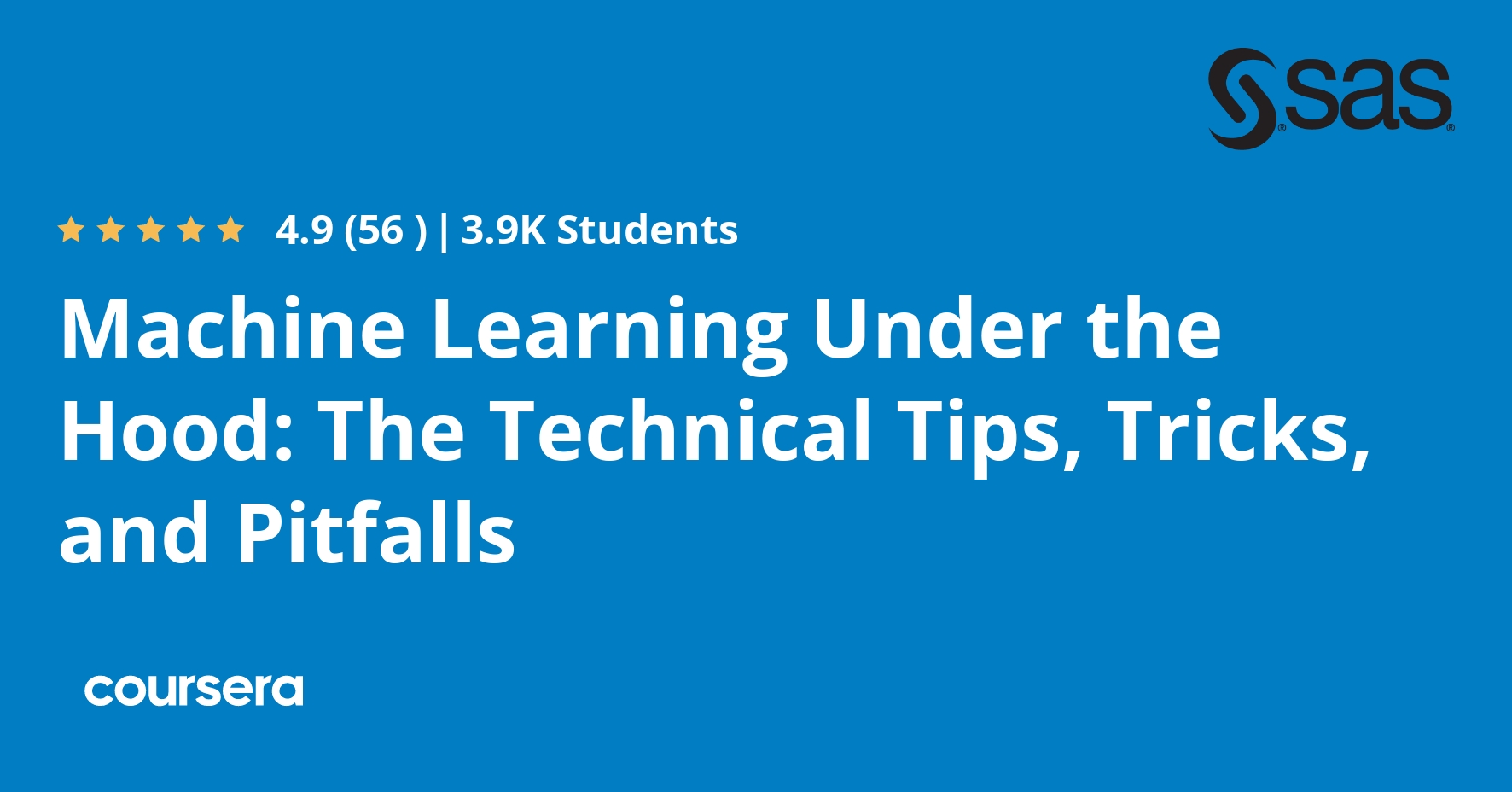Description
Machine learning. Your team needs it, your boss demands it, and your career loves it. After all, LinkedIn places it as one of the top few “Skills Companies Need Most” and as the very top emerging job in the U.S.
If you want to participate in the deployment of machine learning (aka predictive analytics), you’ve got to learn how it works. Even if you work as a business leader rather than a hands-on practitioner – even if you won’t crunch the numbers yourself – you need to grasp the underlying mechanics in order to help navigate the overall project. Whether you’re an executive, decision maker, or operational manager overseeing how predictive models integrate to drive decisions, the more you know, the better.
And yet, looking under the hood will delight you. The science behind machine learning intrigues and surprises, and an intuitive understanding is not hard to come by. With its impact on the world growing so quickly, it’s time to demystify the predictive power of data – and how to scientifically tap it.
This course will show you how machine learning works. It covers the foundational underpinnings, the way insights are gleaned from data, how we can trust these insights are reliable, and how well predictive models perform – which can be established with pretty straightforward arithmetic. These are things every business professional needs to know, in addition to the quants.
And this course continues beyond machine learning standards to also cover cutting-edge, advanced methods, as well as preparing you to circumvent prevalent pitfalls that seldom receive the attention they deserve. The course dives deeply into these topics, and yet remains accessible to non-technical learners and newcomers.
With this course, you’ll learn what works and what doesn’t – the good, the bad, and the fuzzy:
– How predictive modeling algorithms work, including decision trees, logistic regression, and neural networks
– Treacherous pitfalls such as overfitting, p-hacking, and presuming causation from correlations
– How to interpret a predictive model in detail and explain how it works
– Advanced methods such as ensembles and uplift modeling (aka persuasion modeling)
– How to pick a tool, selecting from the many machine learning software options
– How to evaluate a predictive model, reporting on its performance in business terms
– How to screen a predictive model for potential bias against protected classes – aka AI ethics
IN-DEPTH YET ACCESSIBLE. Brought to you by industry leader Eric Siegel – a winner of teaching awards when he was a professor at Columbia University – this curriculum stands out as one of the most thorough, engaging, and surprisingly accessible on the subject of machine learning.
NO HANDS-ON AND NO HEAVY MATH. Rather than a hands-on training, this course serves both business leaders and burgeoning data scientists alike with expansive coverage of the state-of-the-art techniques and the most pernicious pitfalls. There are no exercises involving coding or the use of machine learning software. However, for one of the assessments, you’ll perform a hands-on exercise, creating a predictive model by hand in Excel or Google Sheets and visualizing how it improves before your eyes.
BUT TECHNICAL LEARNERS SHOULD TAKE ANOTHER LOOK. Before jumping straight into the hands-on, as quants are inclined to do, consider one thing: This curriculum provides complementary know-how that all great techies also need to master. It contextualizes the core technology with a strong conceptual framework and covers topics that are generally omitted from even the most technical of courses, including uplift modeling (aka persuasion modeling) and some particularly treacherous pitfalls.
VENDOR-NEUTRAL. This course includes illuminating software demos of machine learning in action using SAS products. However, the curriculum is vendor-neutral and universally-applicable. The contents and learning objectives apply, regardless of which machine learning software tools you end up choosing to work with.
PREREQUISITES. Before this course, learners should take the first two of this specialization’s three courses, “The Power of Machine Learning” and “Launching Machine Learning.”
.jpg)




